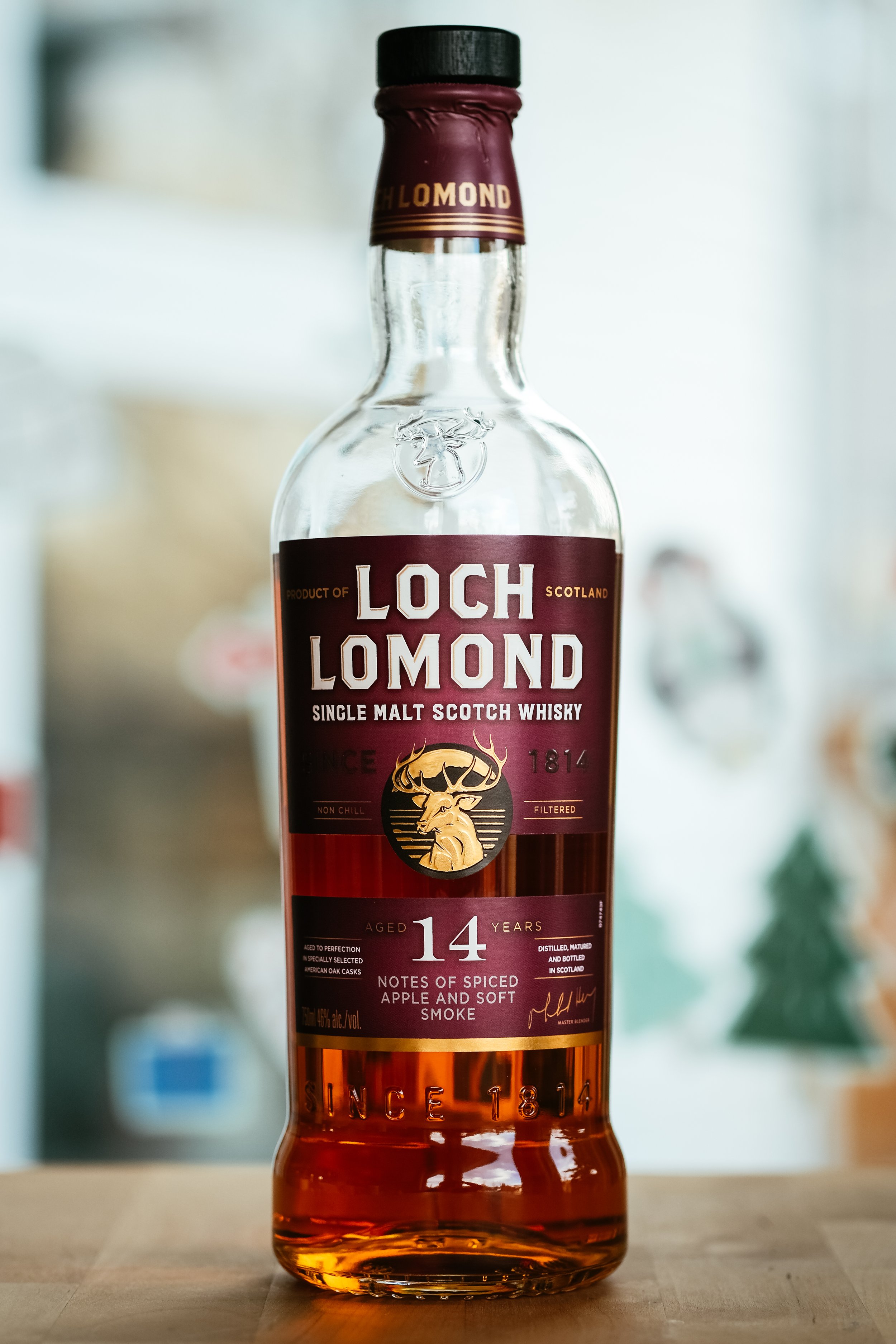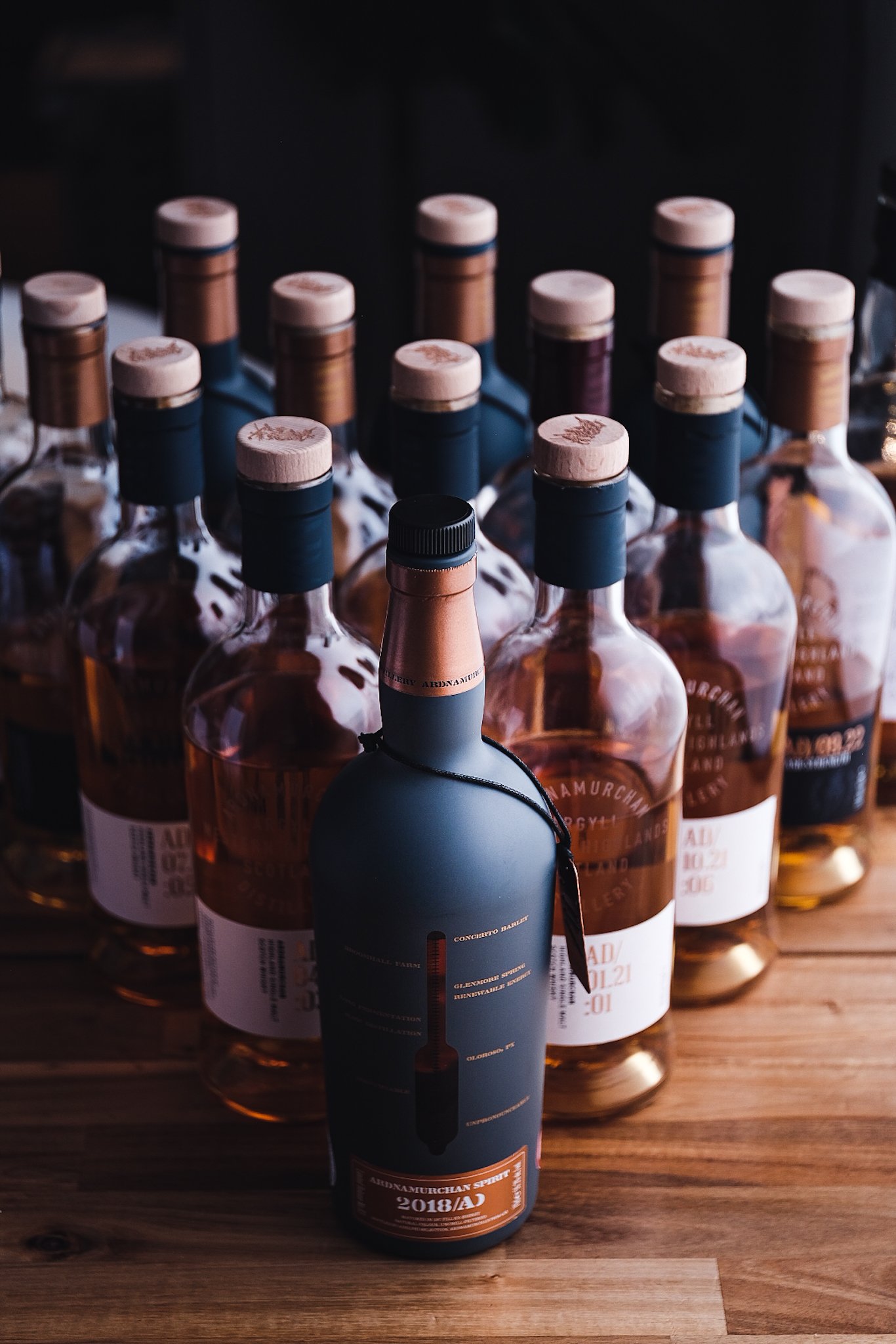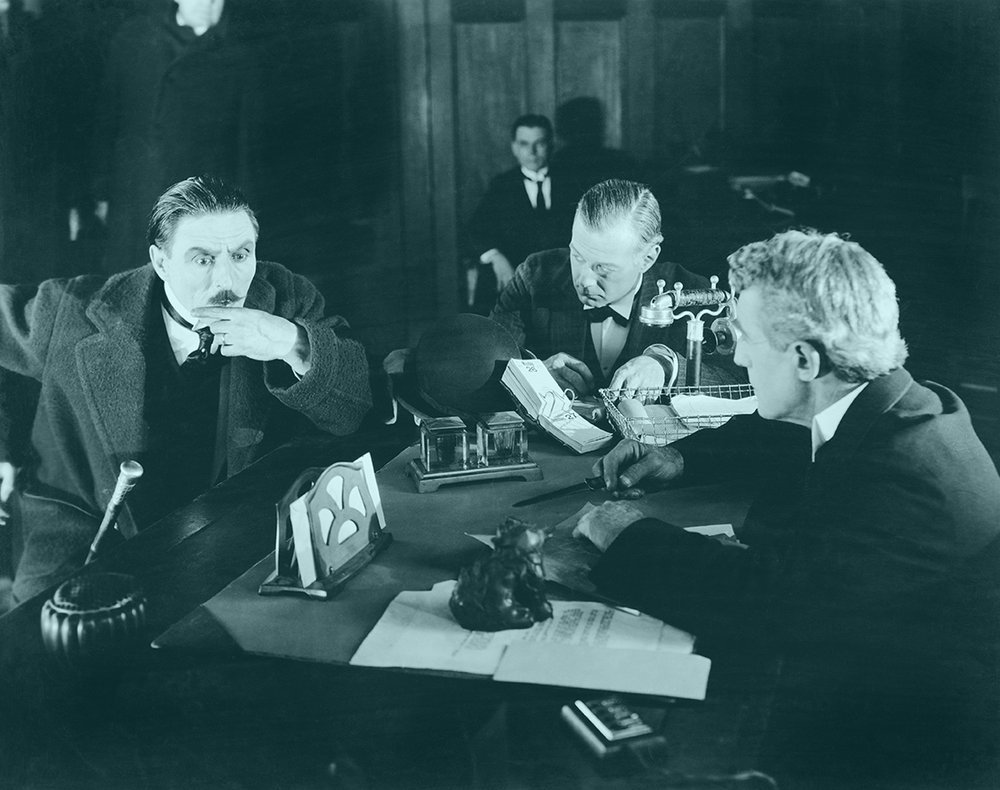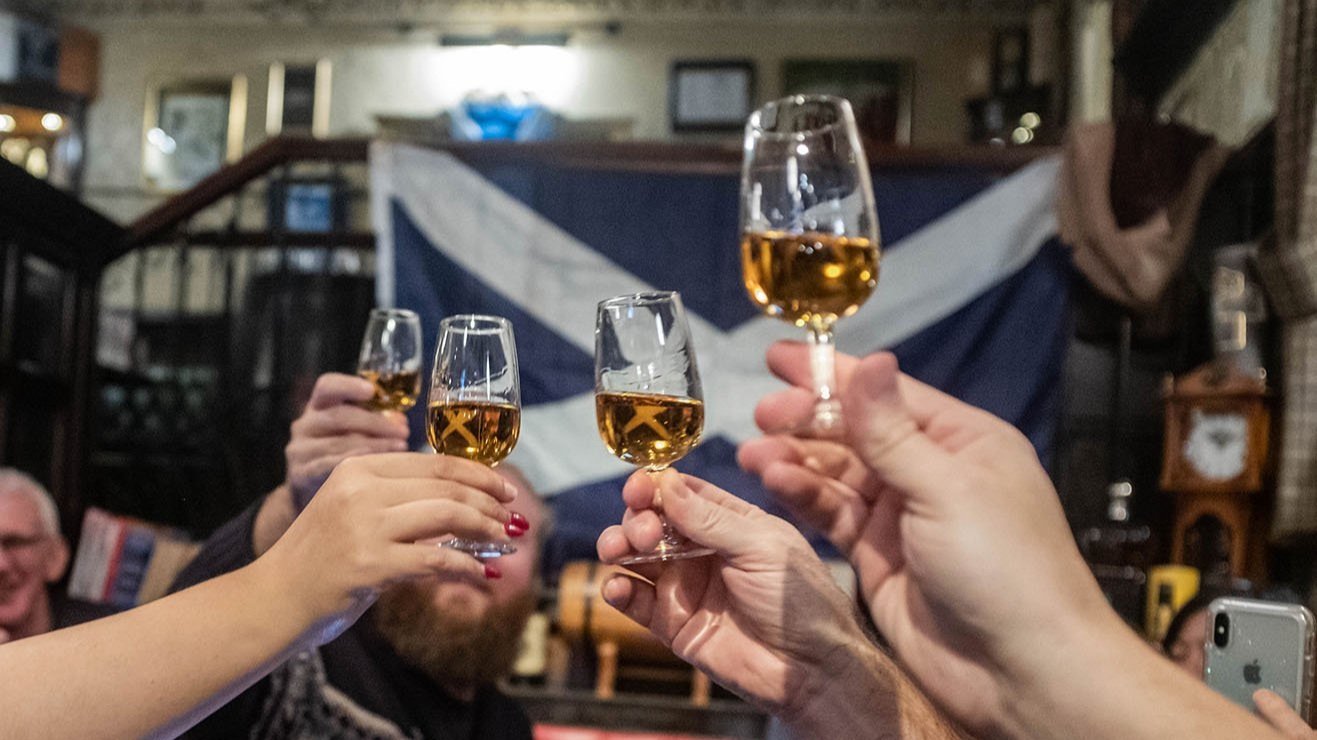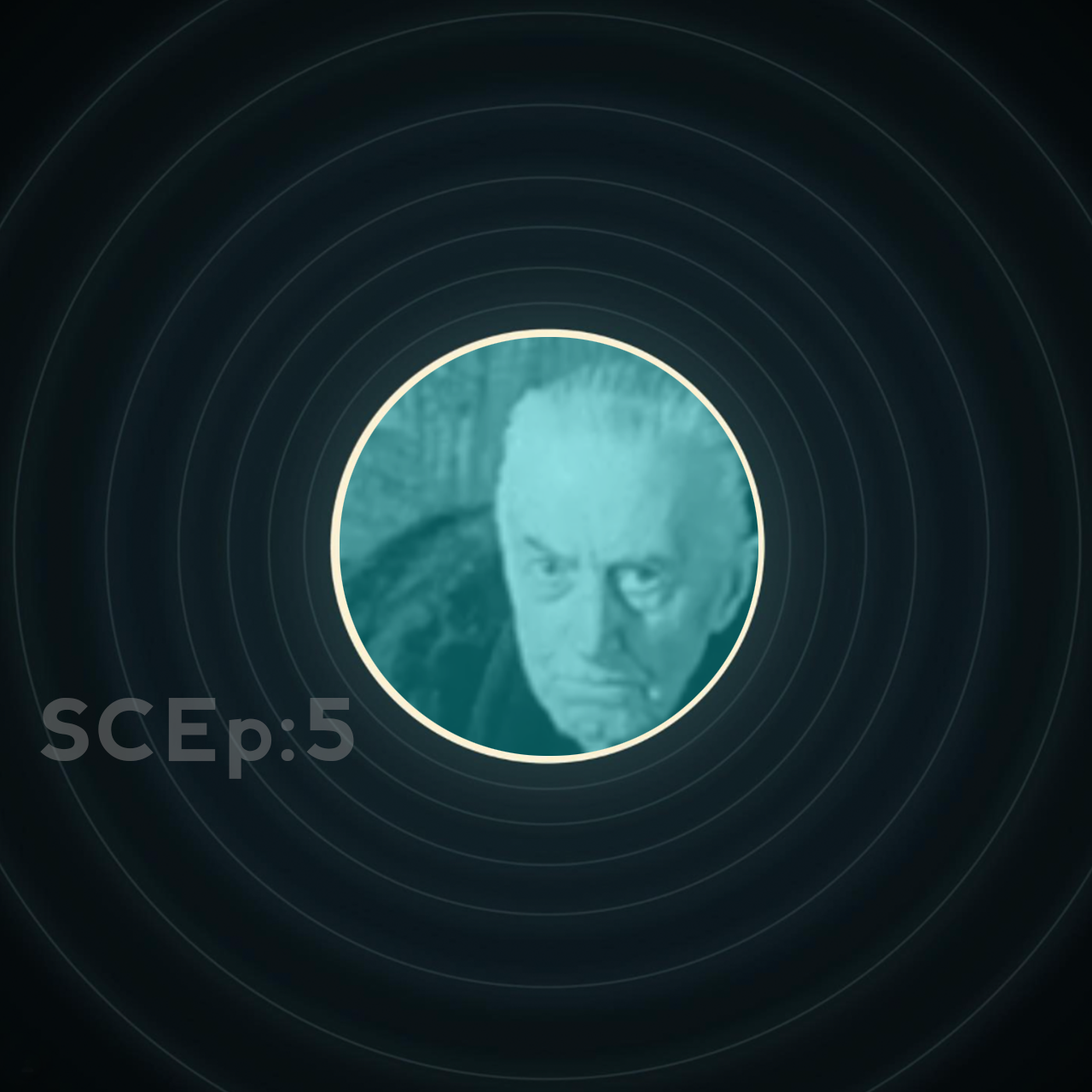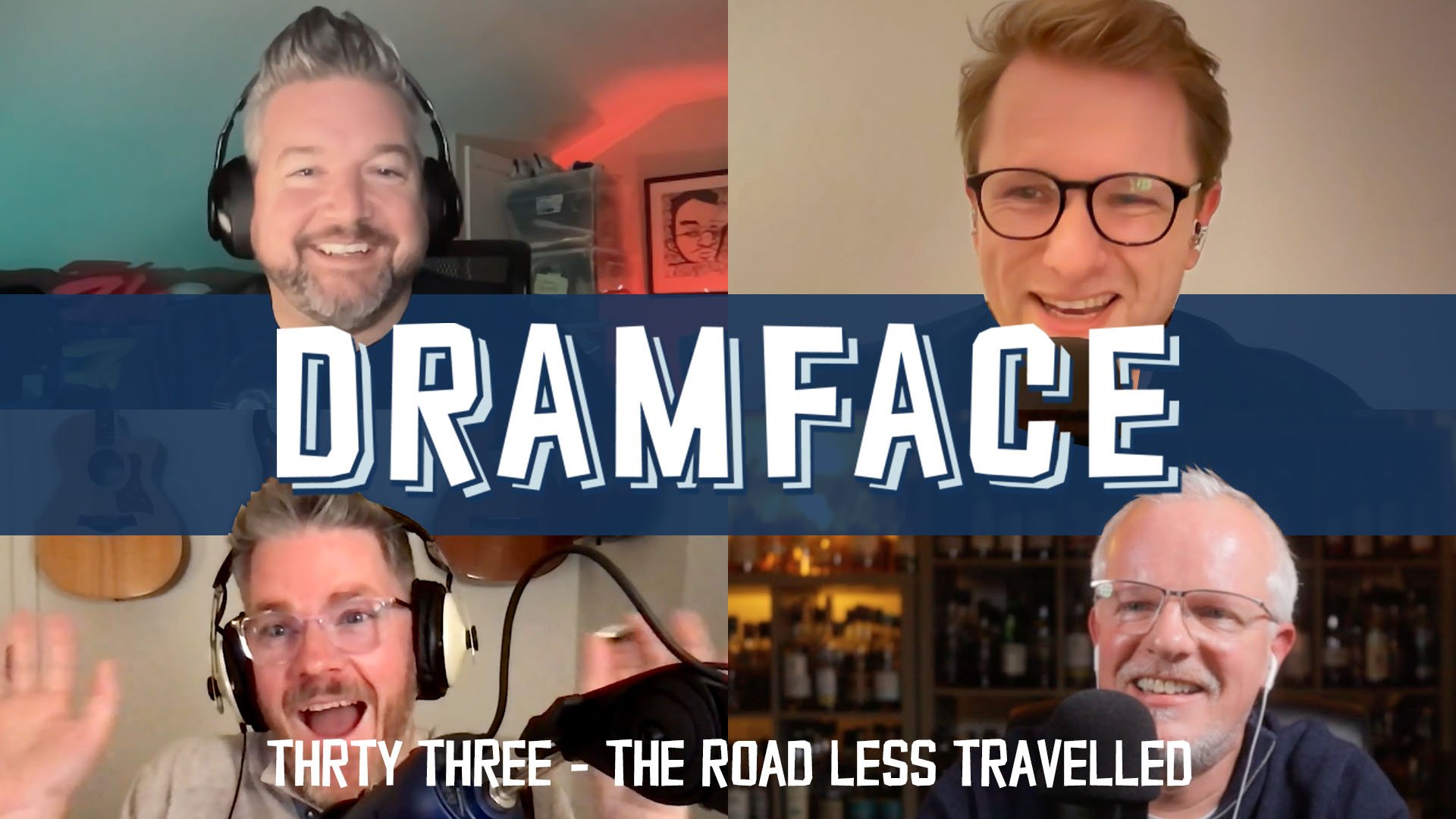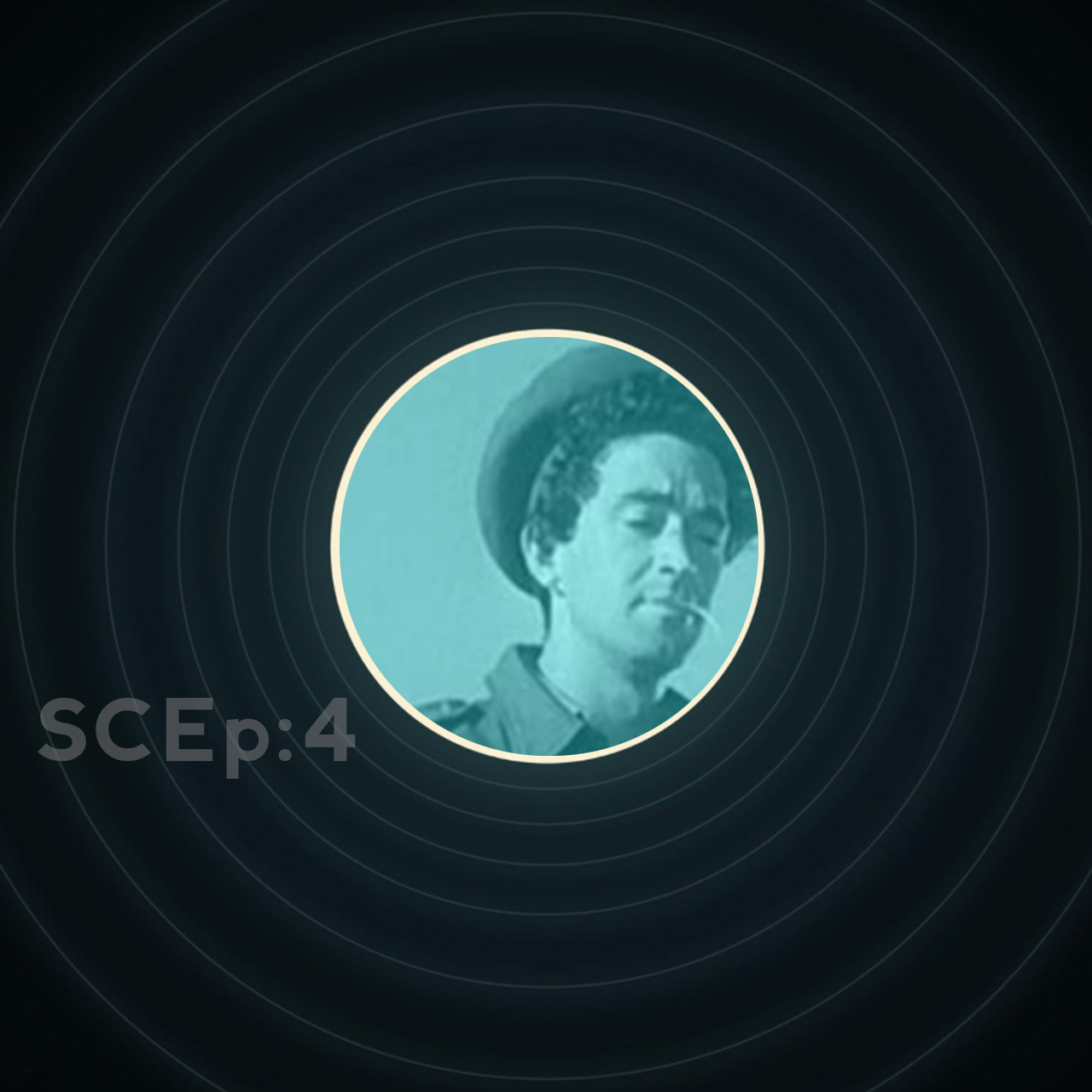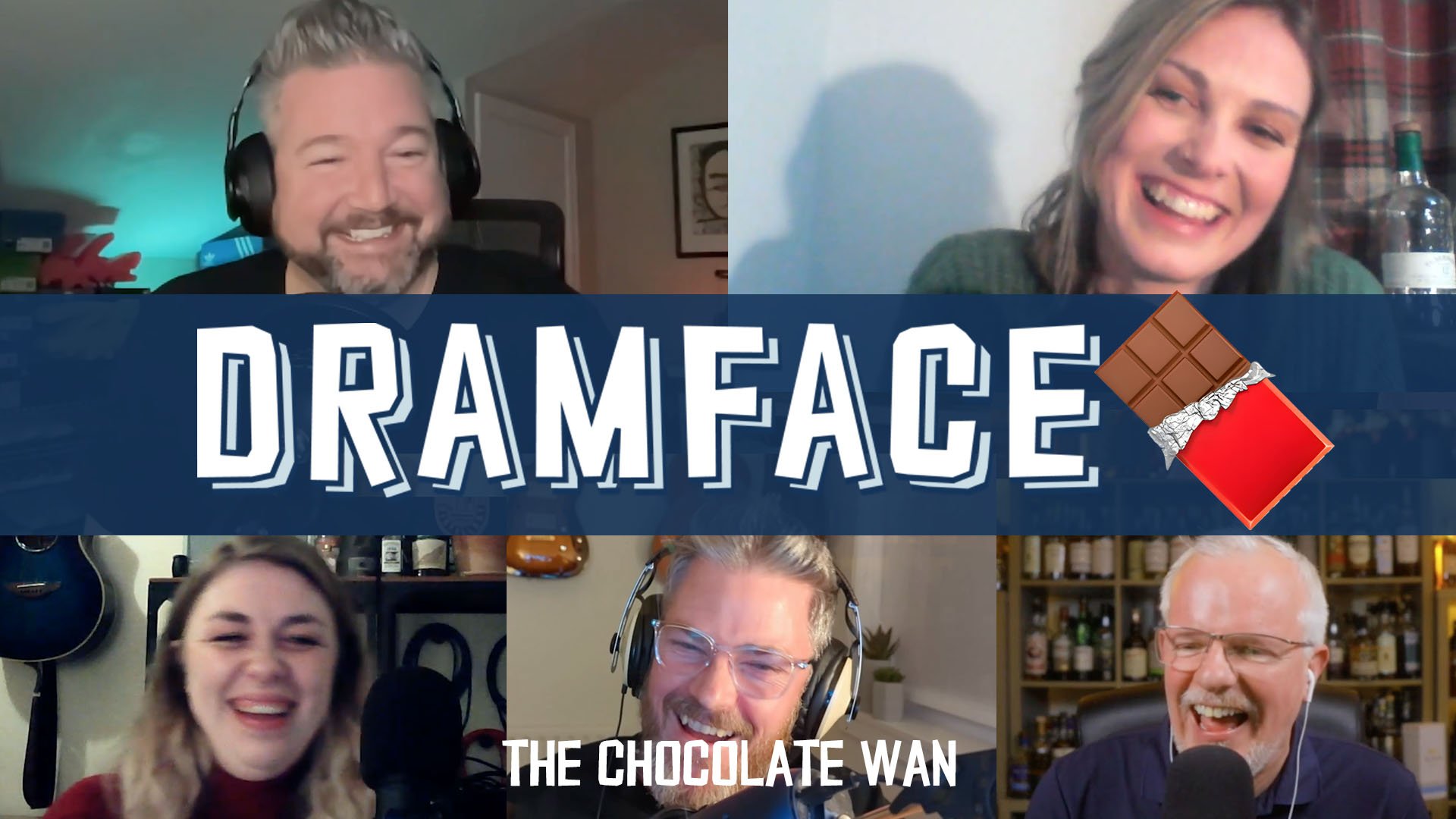Loch Lomond 14yo
2023 Official bottling | 46% ABV
Score: 7/10
Very Good Indeed.
TL;DR
Exactly as described, except better
Sobering Realisations
I made a rookie move. You know those ones, where you wish you could take it back. No, I didn’t put my foot in my mouth at work or do something silly with real-world consequences. I took an inventory of my whisky collection.
And not just organising and shuffling around, which I used the opportunity to do as well, but I also tracked the open/closed bottle status. The bottle count was quite the eye opener. To build more suspense to my sobering realisation, let’s take a look at my breakdown:
Total Bottles: 188 bottles
Open Bottles: 105 bottles (56%)
Most Popular Distilleries: Tomatin (12), Loch Lomond (10), and Campbeltown Blends and Millstone (8 each)
Most Popular Independent Bottlers: Gordon & MacPhail (12), North Star, Single Malts of Scotland, That Boutique-y Whisky Company (9 each), and AD Rattray (8). Indies occupy 51% of my collection.
Quite the interesting spread. I’m quite proud of my open bottle count/fraction and it’s something that I hope many readers would chase as well. Whisky, at our enthusiast level, is not an investment but rather a hobby and the more open bottles you have, the more experiences you can create.
Insert your personal favourite of the many quotes on life is short, you only have so much time, etc and use your whiskies to forge new relationships with those around you. Have hundreds of bottles, many of which are closed? Start a local whisky club in your area and share them out, you’ll have more fun than if you left them in their storage spot and polished them once in a while.
Heck, just this year, a bunch of friends and friends of friends started a blind sample 12 Days of Christmas and it’s been a riot, enjoying a 60 mL sample every two days. It’s been amazing and humbling trying to decipher each whisky, getting close to guessing with some and far away with others, and also participating in a 12-person group chat with 6 people I’ve never met in person. Like I said, open yer bottles!
While the bottle count was a surprise, mainly because I’ve got stuff squirrelled away and the out of sight out of mind mentality is a dense veil of forgetfulness, it was the summation of the money spent on my collection that was a big surprise. Yes, I did the naughty and dug up all the purchase prices I paid for each and every whisky. In full transparency and airing my dirty laundry, in the hopes that you’ll take some of this to heart as well, I’ll provide the full details below and with some sobering realisations:
Total As-Purchased Price: $22,090 CAD (£13,030 or $16,500 USD)
Average Price: $118/bottle (£70 or $88 USD). I only buy when on sale or discount so this number is lower than it would be for replacement costs even adjusting for inflation.
Ration at 4 drinks (120 mL)/week, my typical intake amount: ~975 weeks or ~18.8 years (I estimate ~3,900 30 mL sized drinks remaining)
As always, context is everything. Yes it’s a lot of money but it’s been an accumulation and a source of hard work, with the oldest purchase currently featuring in my collection from 2017-2018. But, the bulk of my collection has really only appeared in the last three years or so. I used to keep 30 or so bottles on the shelf until 2016 but after that, the expansion has happened in earnest. I could safely say I’ve spent $5-6k every year for the past 5 years, a not insignificant amount of money. The last two years have perhaps been the higher spending years writing for Dramface, purchasing some additional or fun bottles to review that I wouldn’t normally have placed priority on.
So what’s in $6,000/year, rounding up to account for the bottles that I bought and drank in a year and the bottles still in my collection? That’s a third of my mortgage per year, or when my 5-year term is up, could have been a decent chunk of a lump sum payout put towards the debt to reduce my mortgage term and interest cost in the long run. That’s roughly 40% of my yearly maximum government registered retirement savings plan (similar to the USA’s 401k). That’s nearly double the government-matching education savings plan scheme for my two children to attend post-secondary education. That’s half of my yearly “big” vacation savings fund where we take the whole family on bigger experiential trips every 1.5-2 years.
Heck, if I would have started investing the $6000/year whisky budget since 2017 into something like an S&P 500 index fund, it could be worth around $60-70,000. Putting all of those options together and it’s quite sobering. Couple that with the around 19 years of remaining stock sitting on the shelves and boxes, and I could stop buying whisky now and be good until I’m starting to near the point I begin thinking of retirement. Pow, another sobering blow to Broddy’s logic circuits.
So what am I going to do? I’m not going cold turkey with purchasing but rather morphing into a laser-focussed sniper with a much tighter purchasing spectrum. As you can see from my inventory, there’s a few distilleries that I fancy. I’ve honed in on purchasing Tomatin, Loch Lomond, Millstone, Kilkerran/Springbank/Glen Scotia, and Benromach with no limitations. Thankfully, there’s not a ton of new releases or independent bottlings from these distilleries that hit the market so the yearly bottle purchasing amount won’t be that high. I will be limiting the purchase of any other distilleries/releases unless there’s a clear and distinct driver in doing so, such as having some Palo Cortado influence (favourite sherry type which thankfully is also quite rare), is a landmark whisky such as Shelter Point’s 10 yo, or is something very special like a recent 20 yo refill ex-bourbon Craigellachie from Whisky Sponge that just hit local markets at an insane price point given its age and bottler provenance.
I estimate this should slow down the whisky purchasing significantly while bringing the requisite enjoyment that whisky brings to me, both in enjoying this beverage and hunting for the magical gold nuggets.
If I can request anything of you, it would be to go through a similar exercise for yourself. Take stock of what you have, including a realistic time to drinking/sharing all of your collection. Estimate its value and put it into perspective for things that matter to you, like paying off your mortgage faster, education funds for your kids, or giving yourself experiences by travelling the world or seeing far away family members. Whisky is just whisky at the end of the day and it shouldn’t control or negatively influence adjacent and more important parts of your life.
Enough of the heavy stuff, let’s take a look at a recent release from one of the distilleries I’ve still got in my sniper scope.
Review
Loch Lomond 14yo, 2023 “Spiced Apple & soft Smoke” Edition, Official bottling, 46% ABV
CAD$76 (£46) paid, generally available around £55
In preparing this review, I sometimes peruse various whisky review sites to gather their links to post at the end of our review, helping direct traffic to other trusted sources of other opinions to help you in purchasing and make our editors jobs easier when building the articles for publishing.
In doing so, I didn’t realise how sheltered I was. For as long as I could remember in our local markets, Loch Lomond never had a 14yo. It was always the 12yo (Inchumurrin, Inchmoan, etc) and 18yo but never the 14yo. So when it hit the market at a very attractive price point, and being on my sniper list, I snapped it up immediately.
Upon gathering links for our editors, I stumbled across the older bottlings, namely the taller, thinner, now old-style bottle shape of the “Fruit and Cinnamon” 14 yo. Welp, news to me! So perhaps there is some similarity between the Fruit and Cinnamon bottling and this new one but for me, never having had the opportunity to enjoy the older releases, I’m coming at this with a cold-eyes perspective.
Score: 7/10
Very Good Indeed.
TL;DR
Exactly as described, except better
Nose
Spiced mulled apple cider. Apple danish. Background vanilla and shredded coconut.
Palate
The spiced mulled apple cider from the nose is back but is much spicier than the nose would suggest. Clove and a touch of raw ginger bite enter the tastebud party, balancing the clean red apple and cinnamon notes from the nose. In the background, a mixture of honey and toffee is balanced with a lemon/citric zing and a bitterness akin to the citrus fruit pith (e.g., orange). Tiny tendrils of extremely clean well-oxygenated wood smoke work their way throughout. If you suffer from peat blight, it’s likely that you won’t detect the smoky notes throughout. Tiniest touch of cold coconut cream pie on retronasal.
The finish is medium-short in length and is quite clean, with a drying slightly tingly finish.
A few drops of water significantly tames down the spiciness and amps up the sweetness. So if you’ve got someone who enjoys sweeter, less spicy, and lower proof whiskies than this will fit their bill perfectly while giving you the grippier and more diverse 46% ABV experience.
The Dregs
This is right up my alley. Clean, fruity, and enough spice to keep your palate alive and tingly rather than getting glazed over my American oak sweetness. Well played Michael Henry with your judicious use of French Limousin oak at the end of this whiskies maturation. I will say it doubles down on the apple notes so if you are very much against apple-like notes, this whisky may not be for you.
Yes, this whisky is exactly as described without any detractions. Spiced apple, got that a plenty. Soft smoke? Yup, it ties everything together and likely helps with the mouthfeel as well. I love it when the marketing jargon emblazoned on the labels actually matches the experience.
Some might view this as a 6, others a 7. For me, the lovely heavily spiced notes and the interplay between the sweet & bitter flavours provide that little bit of an x-factor to the experience, elevating it past the likes of Arran 10, Tobermory 12, and other 6-ers. And it’s also worth mentioning the price and a big thank you to Loch Lomond for releasing a well-aged age stated, 46%, and non-chill filtered whisky at an incredibly attractive price in today’s insanely priced markets.
Yes, I’ve neglected the final bit of that banner with caramel colouring because it does appear that some amount of colouring is used. I’ll be honest, colouring is the least important factor to me, and based on my experiences with other French Limousin oak, there is a big hit of colour imparted by these casks so it is also likely that only small amounts of caramel is added. For me, Loch Lomond got the most important parts correct!
So, at the end of 2023, and just like our Aengus has recently reminded us on the negative side effects this hobby, I’m encouraging you to stay aware of your outlay, drink down or, better yet, share your open bottles and generally enjoy other aspects of your life outside of whisky.
Whisky is non-perishable unlike the perishable time with family, friends, and working on yourself.
Cheers from Broddy.
Score: 7/10
Tried this? Share your thoughts in the comments below. BB
-
Dramface is free.
Its fierce independence and community-focused content is funded by that same community. We don’t do ads, sponsorships or paid-for content. If you like what we do you can support us by becoming a Dramface member for the price of a magazine.
However, if you’ve found a particular article valuable, you also have the option to make a direct donation to the writer, here: buy me a dram - you’d make their day. Thank you.
For more on Dramface and our funding read our about page here.
Other opinions on this:
Got a link to a reliable review? Tell us.

